In recent years, images of a mustached Persian “princess” have gone viral across social media, claiming she was the ideal beauty of her time—and that 13 men died after she rejected their advances.
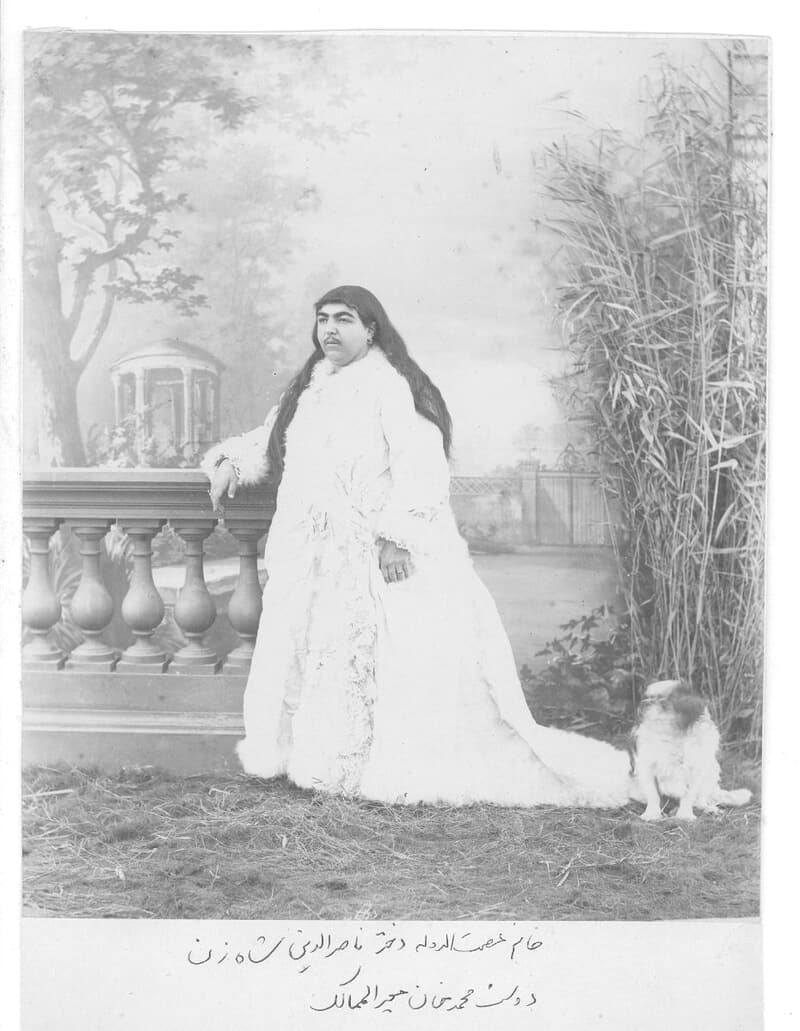
These viral posts are dramatic and eye-catching, but they only scratch the surface of the real story.
The Truth Behind the Photos
The woman known as “Princess Qajar” isn’t one person at all. The images are actually of two half-sisters—Princess Fatemeh Khanum “Esmat al-Dowleh” and Princess Zahra Khanum “Taj al-Saltaneh.” Both were daughters of Naser al-Din Shah Qajar, who ruled Persia in the 19th century and had a deep passion for photography. That’s why so many images of these women exist—he took them himself.
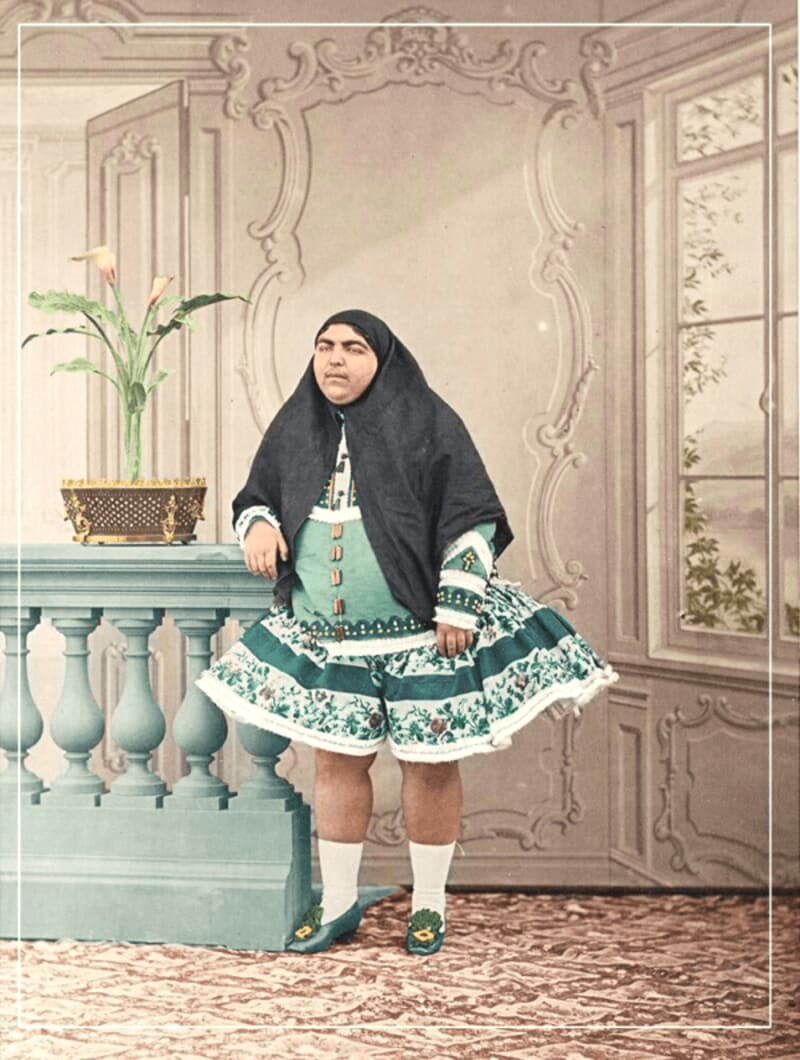
Despite the viral claims, there’s no proof that 13 men took their lives over either woman. In fact, both were married off very young and had limited interaction with unrelated men until after marriage. Their lives were shaped by royal duty, not by tales of romantic tragedy.
Lives Far Beyond the Memes
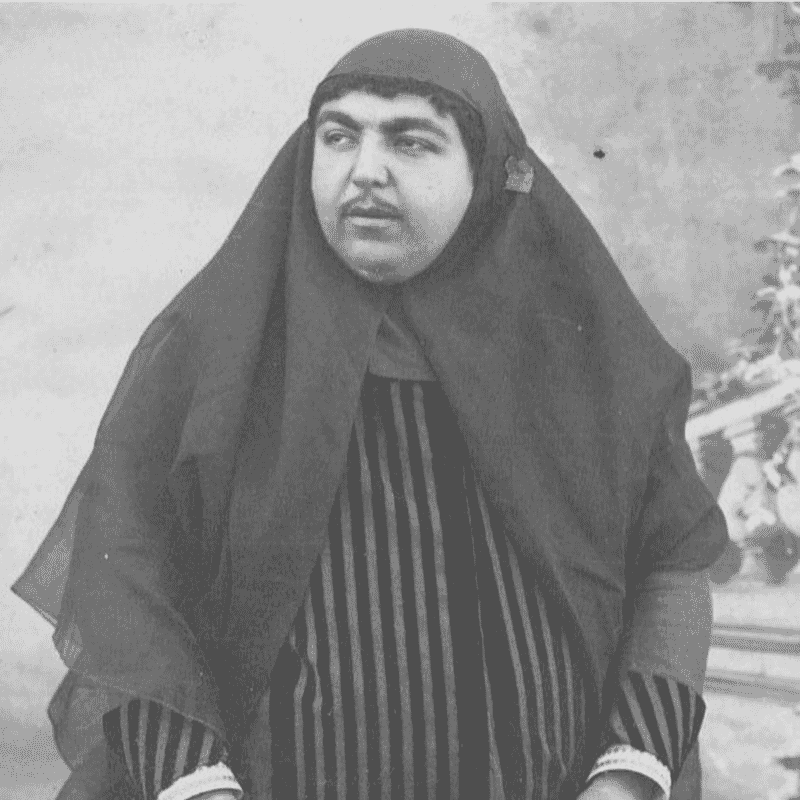
Esmat al-Dowleh, married around age 11, became known for her cultural accomplishments. She learned embroidery and piano from French tutors and welcomed European dignitaries into her father’s court.
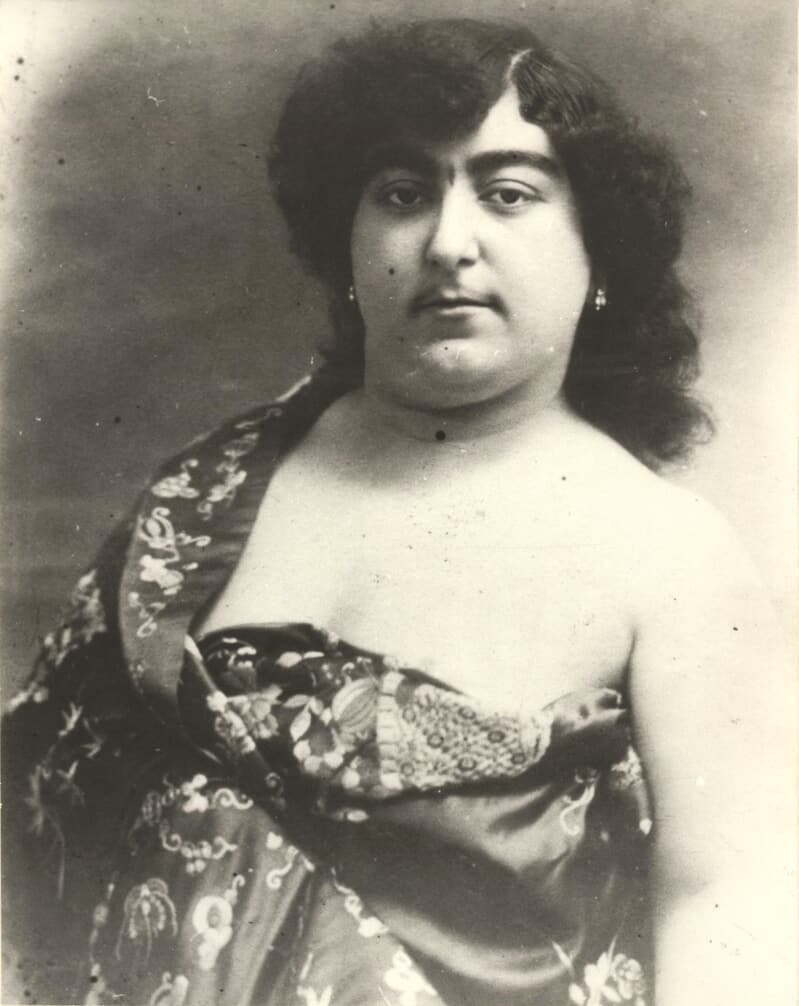
Taj al-Saltaneh, her younger half-sister, was a fierce intellectual. Married at 10, she divorced twice, spoke out for women’s rights, and authored a powerful memoir called Crowning Anguish. She wrote about the despair of Persian women, likening their treatment to that of animals, and dreamed of a free and modern Iran where women had equal standing.
Beauty in 19th-Century Persia
Where the memes come close to the truth is in how Persian beauty standards worked. At the time, features like thick eyebrows and mustaches were considered attractive in women. Some even enhanced these features with makeup. Men, on the other hand, were admired for their youthful, soft features—often appearing beardless.
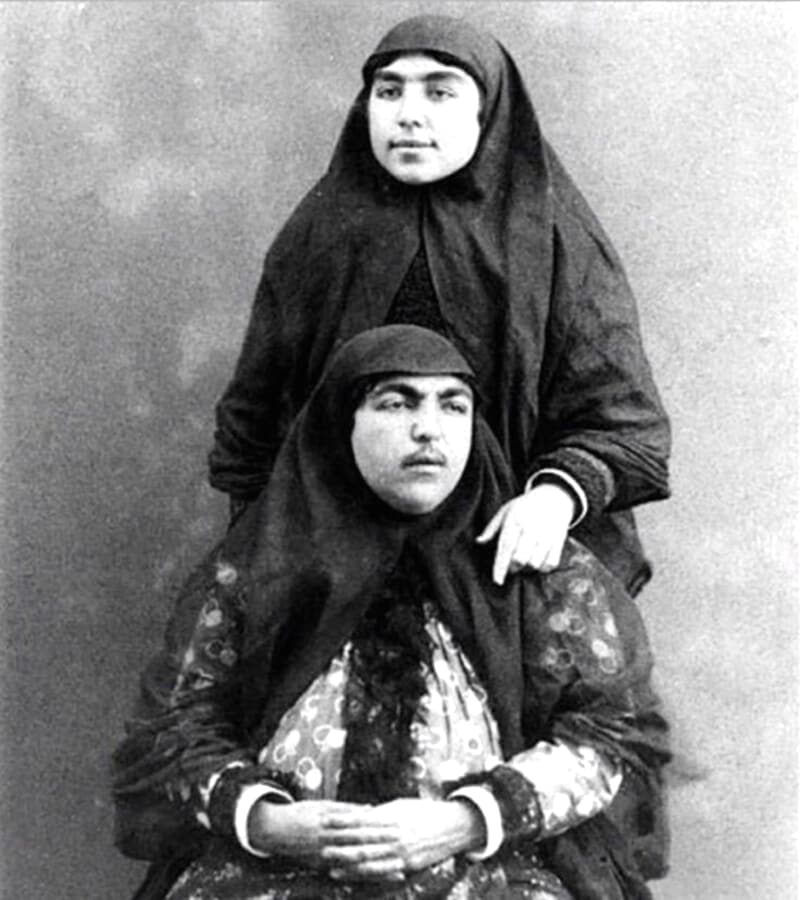
Historian Afsaneh Najmabadi explored these ideals in her book Women with Mustaches and Men without Beards, highlighting how these standards shifted as Persia came into greater contact with Europe and began adopting Western ideals of beauty.
Why the Real Story Matters
The viral version of “Princess Qajar” makes for fun internet folklore, but the true stories of Esmat al-Dowleh and Taj al-Saltaneh are far richer. One was a graceful royal host; the other, a feminist icon. Their lives weren’t defined by their appearance, but by their voices, choices, and resistance to the norms of their time.
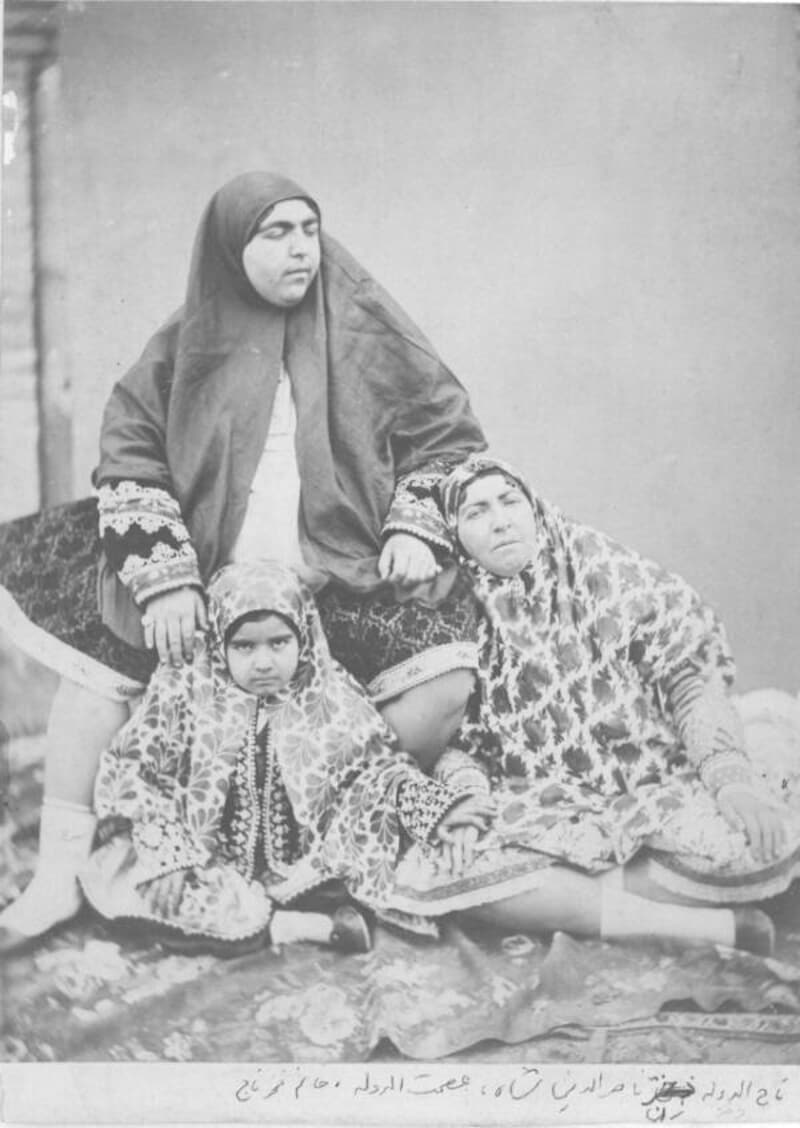
So next time one of these memes crosses your feed, remember—sometimes the real history is even more fascinating than the fiction.


 Share on Facebook
Share on Facebook









